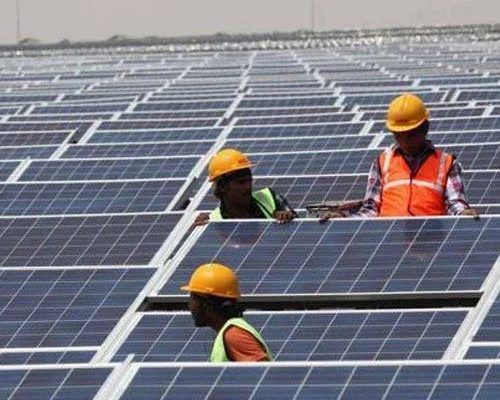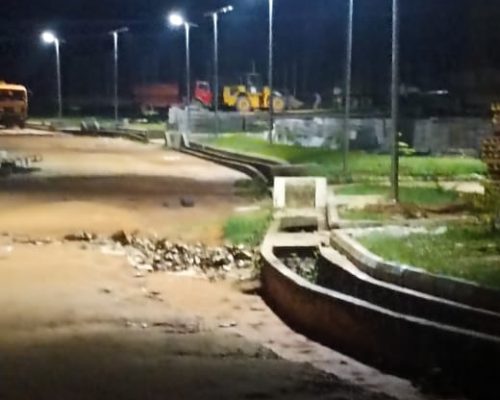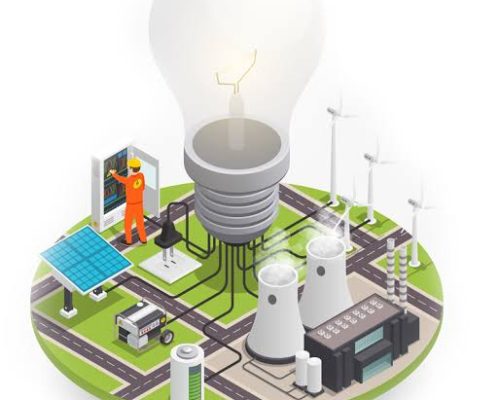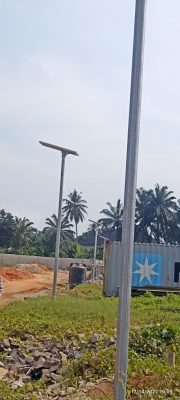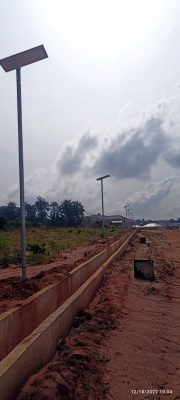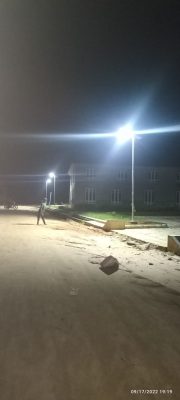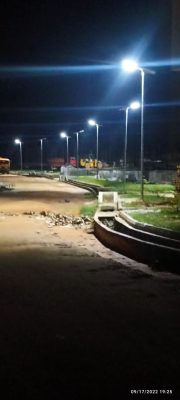
United Logistics Ltd
Experts on Formwork and more
Solar Power Generating Plant And Solar Street Lights For Residential, Commercial And Rural Areas
A hybrid microgrid is a collection of interlinked renewable and conventional energy resources connected to users and controlled by systems to ensure efficient energy usage and storage.
It can be separate (“islanded”) from a main utility grid or interconnected (e.g., ready to be available in case of grid curtailments or instability).
The composition of the Energy Mix is determined by the availability of various renewable energy resources at the particular location (i.e. solar radiation, wind speed, geothermal, or hydropower).
Conventional power generation resources are often included such as diesel power generation or gas fired engine or turbine power generation. Conventional power generation have fuel costs and generate GHG emissions, but they can be useful for emergency applications or where renewable intermittency has exceeded the energy storage capabilities.
The Energy Storage System is a key part of a hybrid microgrid. It is normal that renewables are sized to provide excess electricity during load demand periods so that a portion of this energy is able to be stored for use with the renewable energy is intermittent (i.e. Solar at night or Wind during wind lulls). When connected to an utility grid, the Energy Storage System would be able to store grid electricity for times when the grid was curtailed or unstable.
ADVANTAGES
ON – GRID
- On –Grid solar systems are very cost – effective and easy to install
- Businesses can recoup the cost of their investment by offsetting electricity bills in just 3 – 8 years. If a private, commercial or industrial building sets up a solar PV rooftop system it will be eligible to avail an “Accelerated Depreciation Benefit” which is currently 80% in a year. At this rate, a business can completely depreciate the while value of the project in approximately 4 years.
- Residential users and business owners can earn a passive income for the surplus energy generated by the system.
OFF – GRID
- These self – sustainable systems can work independently and do not rely on the grid.
- They generate enough power that can be stored and used at night or when the power grid is down
- These are ideal for remote areas where there is no power access from the grid.
- Grid failure and shutdowns not affect your power supply.





